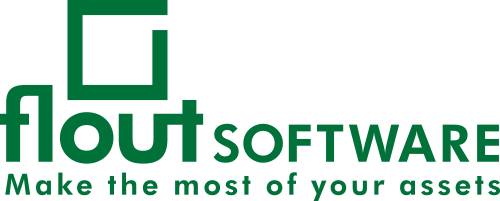

The field of geoscience encompasses a wide range of data from various disciplines, including geology, hydrology, seismology, meteorology, and oceanography. Managing this complex information presents numerous challenges. Geosciences companies need to ensure they implement effective Geoscientific Information Management strategies to guarantee the accessibility, security, and accuracy of their information.
In this article, we’ll examine the main challenges of geoscientific information management and the need for proper tools to overcome them. From data integration and interoperability to security and privacy, there are many obstacles in this field. An all-inclusive solution is needed for effective management. So, if you want to improve your geoscientific information management, continue reading to learn about the challenges and potential solutions.
The 4 Major Challenges In Geoscientific Information Management
1. Data Integration and Interoperability
One of the biggest challenges of geoscientific information management is integrating and co-ordinating data from different sources, each with their own data structures and formats. This can make it difficult to access, use, and analyse data effectively, resulting in inefficiencies and errors in decision-making.
2. Data Security And Privacy
Geoscientific information often contains sensitive data, such as environmental information, mineral resources, and other valuable assets. Ensuring the security and privacy of this information is critical to the success of geoscience organisations.
3. Data Quality And Accuracy
Another challenge of geoscientific information management is maintaining the quality and accuracy of the data. This requires rigorous quality control processes to ensure that the data is up-to-date, complete, and reliable, as well as a system for tracking changes and data updates.
4. Data Storage And Retrieval
Storing and retrieving geoscientific information in an efficient and accessible manner is a challenge for many organisations. Data must be stored in a secure and scalable manner, while also being easily retrievable for analysis and decision-making purposes.

Solutions For Geoscientific Information Management
The traditional methods of managing geological information, such as spreadsheets and fragmented technology, have become obsolete. To tackle the challenges in geoscientific information management, organisations require more advanced tools. 1point data management software is one such solution designed to manage geoscientific information efficiently and effectively.
This software offers features such as data integration, data security and privacy, data quality control, and data storage and retrieval. It integrates information from various sources, making it easily accessible and usable. The robust security and privacy features guarantee the protection of sensitive data. Additionally, the quality control features ensure that the data is accurate, up-to-date, and reliable.
The software also provides a convenient and accessible system for storing and retrieving data, allowing organisations to quickly access the information they need for analysis and decision-making. Overall, 1point data management software is a powerful tool that helps organisations manage their geoscientific information efficiently and with ease.
Conclusion
Effective geoscientific information management is essential for organisations in the geosciences but comes with many challenges. To tackle these challenges, organisations need to implement systems that integrate data, maintain its quality and consistency, ensure data security and accessibility, as well as enable effective analysis. 1point data management software can provide an excellent solution for managing geoscientific information successfully.
Get in touch with us to discover more about Geoscientific Information Management and how it can support your business.


